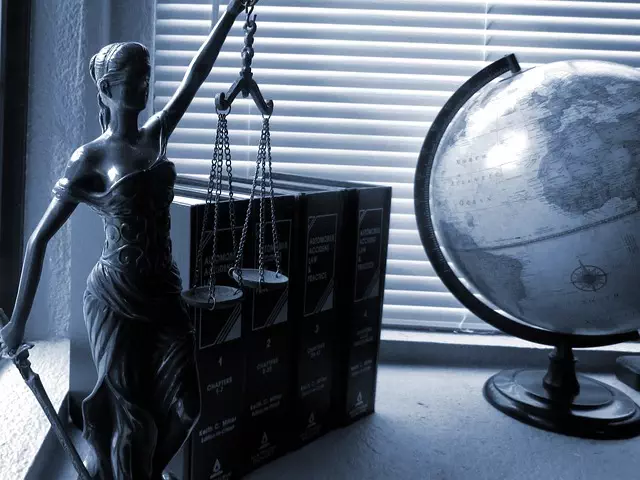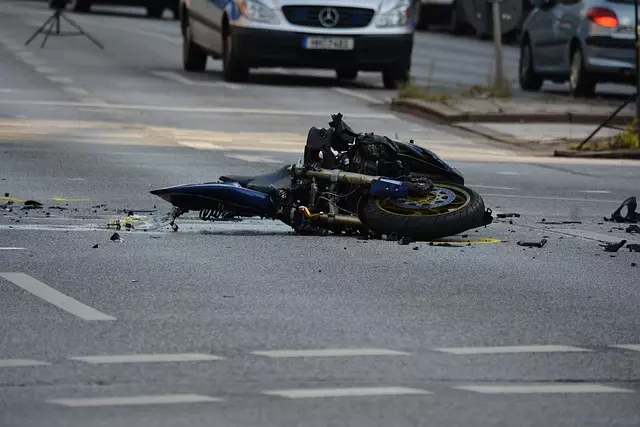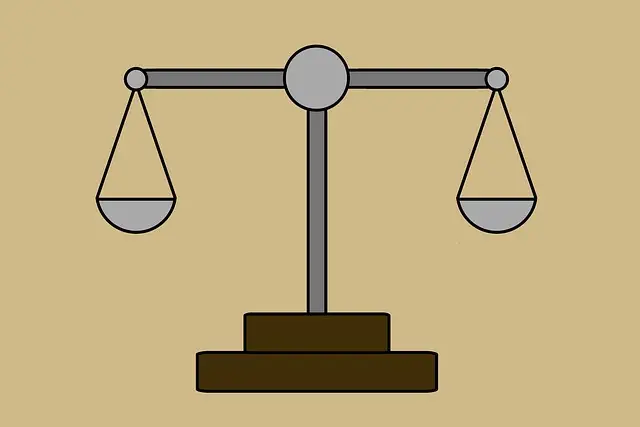Cyclists in Manhattan must navigate busy streets while adhering to traffic laws and understanding their rights, especially at intersections. Drivers are responsible for yielding to cyclists and avoiding violations that lead to accidents. Determining liability in cyclist-motorist collisions involves a nuanced review of traffic dynamics and legal principles. Cyclists pursuing personal injury claims need to gather evidence, file within the statute of limitations, and consult lawyers specialized in Manhattan's unique cyclist right-of-way cases for successful compensation. Accurate documentation and eyewitness testimonies are crucial for protecting cyclists' rights and securing just redress.
In New York City, cyclists face unique challenges navigating Manhattan’s bustling streets. Understanding the cyclist right of way laws is crucial for both riders and drivers. This guide delves into common causes of cycling accidents in NYC, clarifying liability in collisions between cyclists and motorists. We outline the legal process for filing a personal injury claim, emphasize evidence and testimonies as key to building a strong case, and detail compensation options for injuries and damages sustained by cyclists. For Manhattan residents and visitors alike, knowing your rights on the road can make all the difference.
- Understanding Cyclist Right of Way Laws in Manhattan
- Common Causes of Cycling Accidents in NYC
- Who is Liable in a Cyclist-Motorist Collision?
- The Legal Process for Filing a Personal Injury Claim
- Building a Strong Case: Evidence and Testimonies
- Compensating for Injuries and Damages Sustained
Understanding Cyclist Right of Way Laws in Manhattan

In Manhattan, cyclist right of way laws are designed to protect cyclists and ensure safe navigation on city streets. Cyclists have the same rights and responsibilities as motor vehicle drivers, according to state law. This means they must follow traffic signals and signs, yield when necessary, and ride predictably. However, in many cases, cyclists have specific rights of way at intersections and in certain scenarios. For instance, if a cyclist is approaching an intersection where there’s a stop sign or red light, they have the right to proceed through the intersection without stopping if it’s safe to do so, even if motor vehicles have the green light.
Understanding these laws can be crucial for both cyclists and drivers. Cyclists must stay alert and aware of their rights while adhering to traffic rules, while drivers need to look out for cyclists and give them the right of way when required. Familiarizing yourself with these regulations is essential for navigating Manhattan’s bustling streets safely and legally, especially as more people opt for cycling as a sustainable mode of transportation.
Common Causes of Cycling Accidents in NYC

Cycling accidents in New York City, particularly in Manhattan, can have severe consequences for cyclists due to heavy traffic and complex urban landscapes. Understanding common causes is crucial for both riders and legal professionals specializing in cyclist right of way cases. One significant factor is the violation of a cyclist’s right of way, often by motor vehicles turning into or across a cyclist’s path without yielding. This occurs frequently at intersections and when vehicles make left turns.
Another leading cause is the negligent operation of vehicles, including speeding, failure to signal, and driving while distracted or under the influence. Cyclists are also vulnerable to accidents due to road hazards such as uneven pavement, missing bike lanes, and poorly placed street signs or lights. Additionally, poor weather conditions like rain or snow can contribute to reduced visibility and slippery roads, making collisions more likely.
Who is Liable in a Cyclist-Motorist Collision?

In a cyclist-motorist collision, determining liability is crucial for ensuring justice and compensating victims in New York City, especially in bustling Manhattan. The right of way is a critical aspect of traffic laws, and understanding it can make all the difference in these cases. Cyclists are generally granted the right of way at intersections and when they are traveling in the same direction as vehicular traffic. This means that motorists approaching a cyclist must exercise extra caution and yield to them if necessary.
However, liability doesn’t always rest solely with the motorist. Cyclists also have responsibilities, such as adhering to traffic signals and using hand signals for turns. If a cyclist fails to follow these rules, contributing to a collision, their own negligence may play a role in determining compensation. In many cases, a combination of factors leads to these accidents, making it essential to review the specifics of each incident to assign liability fairly, especially considering Manhattan’s unique traffic dynamics and cyclist-friendly infrastructure.
The Legal Process for Filing a Personal Injury Claim

When filing a personal injury claim in NYC, especially for cyclists involved in accidents in areas like Manhattan, understanding the legal process is crucial. The first step is to gather evidence and ensure all necessary documentation is in order. This includes taking photos of the accident scene, collecting witness statements, and documenting any medical treatment received. In New York, there’s a two-year statute of limitations for personal injury claims, so prompt action is essential.
The next phase involves filing a claim with the appropriate insurance company or, if the at-fault party is a government entity, the city’s claims department. For cyclist right of way cases in Manhattan, understanding local traffic laws and demonstrating that the defendant breached these laws is key to building a strong case. It’s recommended to consult with an experienced lawyer who can guide you through this process, ensuring your rights are protected and maximizing potential compensation for medical bills, lost wages, pain and suffering, and more.
Building a Strong Case: Evidence and Testimonies

When building a strong case for an accident lawyer in NYC, especially regarding cyclist right of way cases in Manhattan, evidence and testimonies are crucial components. Collecting comprehensive documentation is essential to prove negligence and liability. This includes taking detailed photos of the accident scene, reviewing police reports, and gathering video footage from nearby surveillance cameras or traffic lights. Additionally, witnessing statements from bystanders, fellow cyclists, or drivers who observed the incident can significantly strengthen the case.
These pieces of evidence help reconstruct the sequence of events, pinpointing responsibility for any violations of cyclist rights of way in Manhattan’s bustling streets. Accurate and compelling testimonies from eyewitnesses can sway the outcome, ensuring that cyclists’ rights are protected and just compensation is awarded.
Compensating for Injuries and Damages Sustained

When a cyclist is involved in an accident in Manhattan, understanding their right to compensation is crucial. If the cyclist was struck while adhering to traffic laws and had the right of way, they may be entitled to damages for injuries sustained. This can include medical expenses, rehabilitation costs, lost wages, and pain and suffering.
The severity of injuries will determine the extent of compensation. Accurate documentation of these losses is essential for building a strong case. In addition, if the accident was caused by negligence or reckless behavior on the part of another party, such as a driver who failed to yield or ran a red light, the cyclist may also be able to seek punitive damages.
In navigating the complex landscape of cyclist right of way laws in Manhattan, understanding common causes of accidents, and knowing who is liable, NYC cyclists can better protect themselves. If involved in a collision, familiarizing oneself with the legal process for filing a personal injury claim is crucial. By gathering strong evidence and testimonies, and presenting compelling arguments regarding compensable injuries and damages, cyclists can secure just compensation. Remember, knowledge of your rights as a cyclist in Manhattan is empowering, ensuring you receive fair treatment and the support you deserve after an accident.
